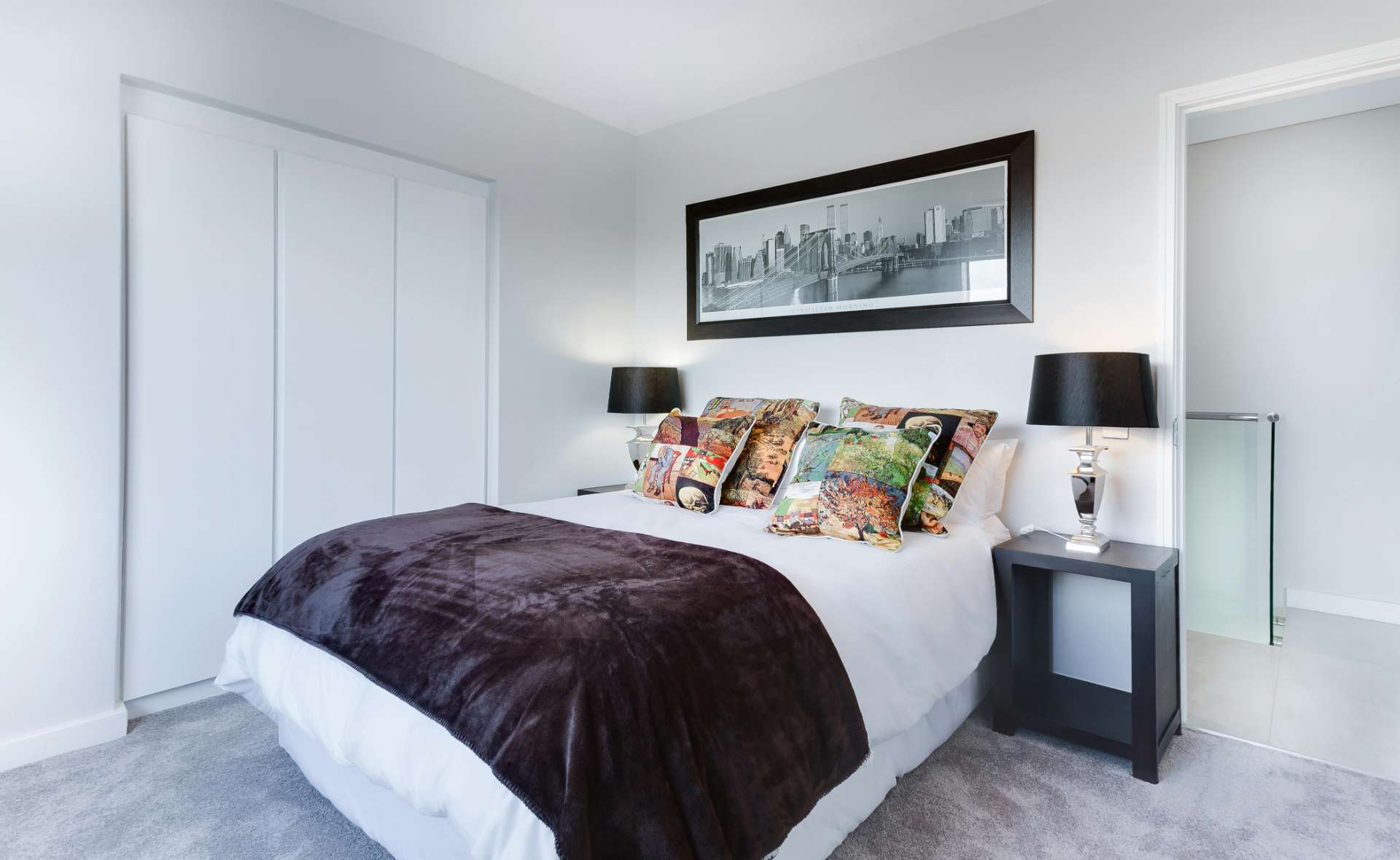
Struggling with sleep apnea? Discover expert tips to improve sleep quality, from CPAP optimization to lifestyle changes that reduce symptoms naturally.
Introduction: Why Sleep Apnea Disrupts Your Rest
Sleep apnea—a condition where breathing repeatedly stops and starts during sleep—does more than just cause snoring. It fragments sleep, deprives your brain of oxygen, and leaves you exhausted despite hours in bed. The good news? With the right strategies, you can significantly improve your sleep quality.
This guide covers:
✔ CPAP machine optimization tips
✔ Sleep position adjustments that help
✔ Lifestyle changes to reduce symptoms
✔ When to consider alternative treatments
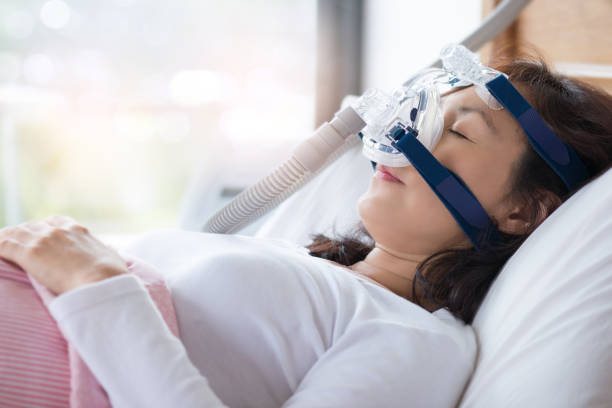
1. Optimizing Your CPAP Therapy
Choosing the Right Mask
- Nasal pillows: Best for side sleepers and those who feel claustrophobic
- Full-face masks: Ideal for mouth breathers
- Hybrid masks: Combine nasal and oral coverage
Pro Tip: Try different masks during daytime naps to adjust comfortably.
Humidification Settings
- Dry air can cause congestion and discomfort.
- Adjustable heated tubing prevents rainout (condensation in the mask).
Cleaning and Maintenance
- Daily: Wash the mask cushion with mild soap.
- Weekly: Clean tubing and humidifier chamber.
- Monthly: Replace filters.
Note: Poor CPAP hygiene can lead to sinus infections and skin irritation.
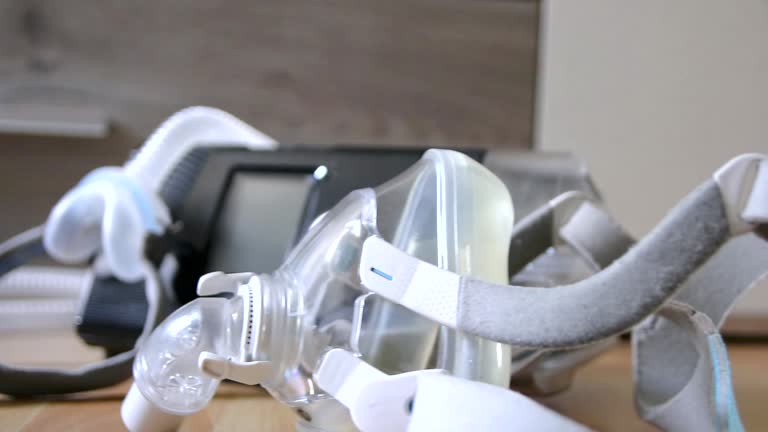
2. Sleep Position Adjustments
Best Positions for Sleep Apnea
- Side Sleeping: Reduces airway collapse by 50% compared to back sleeping.
- Elevated Head: Use a wedge pillow or adjustable bed to keep airways open.
Avoid Back Sleeping
- Why? Gravity pulls the tongue and soft tissues backward, worsening obstruction.
- Fix: Sew a tennis ball into the back of your pajamas to prevent rolling.
3. Lifestyle Changes to Reduce Symptoms
Weight Management
- Even a 10% weight loss can cut apnea events by 30%.
- Focus on: Reducing processed carbs, alcohol, and late-night eating.
Exercise and Muscle Tone
- Yoga and throat exercises strengthen airway muscles.
- Cardio (walking, swimming) improves oxygen efficiency.
Avoid Alcohol and Sedatives
- Alcohol relaxes throat muscles, increasing obstruction risk.
- Sedatives (like sleeping pills) suppress breathing reflexes.
4. Alternative and Supplemental Treatments
Oral Appliances
- Mandibular advancement devices (MADs) reposition the jaw to open airways.
- Best for: Mild to moderate sleep apnea.
Nasal Dilators and Strips
- Reduce nasal resistance for easier breathing.
- Works best for: Those with deviated septums or allergies.
Surgical Options
- UPPP (Uvulopalatopharyngoplasty): Removes excess throat tissue.
- Inspire Therapy: Implantable nerve stimulator for tongue movement.
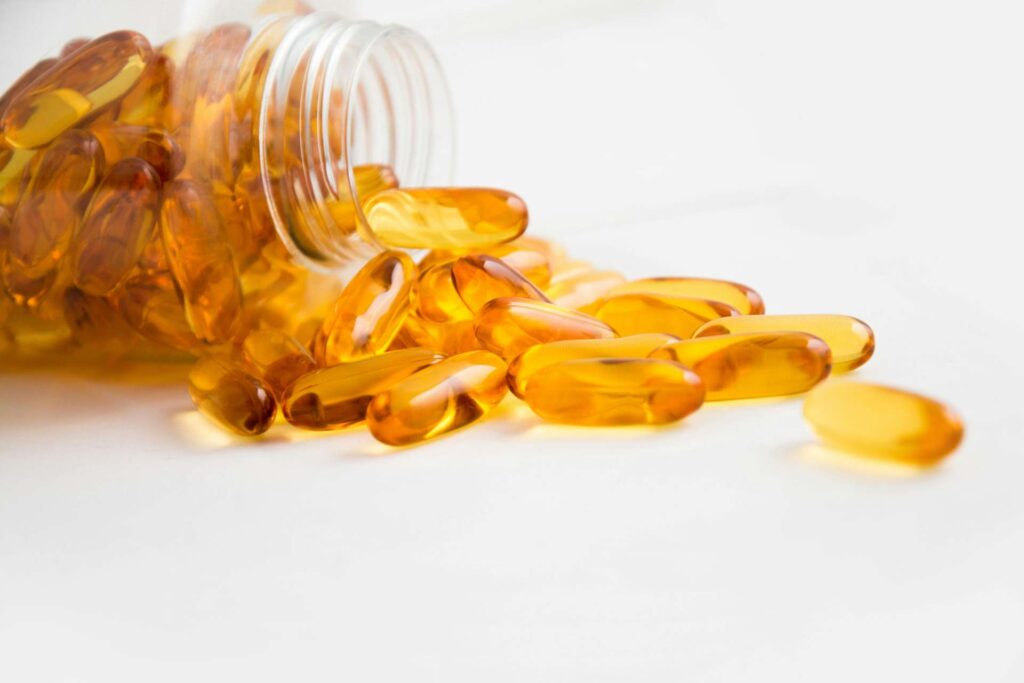
5. Creating a Sleep-Friendly Environment
Temperature and Humidity
- Ideal room temp: 60-67°F (15-19°C) for optimal sleep.
- Use a humidifier if air is dry (prevents airway irritation).
Noise and Light Control
- White noise machines mask CPAP sounds.
- Blackout curtains improve melatonin production.
Bedding Choices
- Firm pillow for side sleepers to align the neck.
- Hypoallergenic mattress/pillow covers reduce congestion triggers.
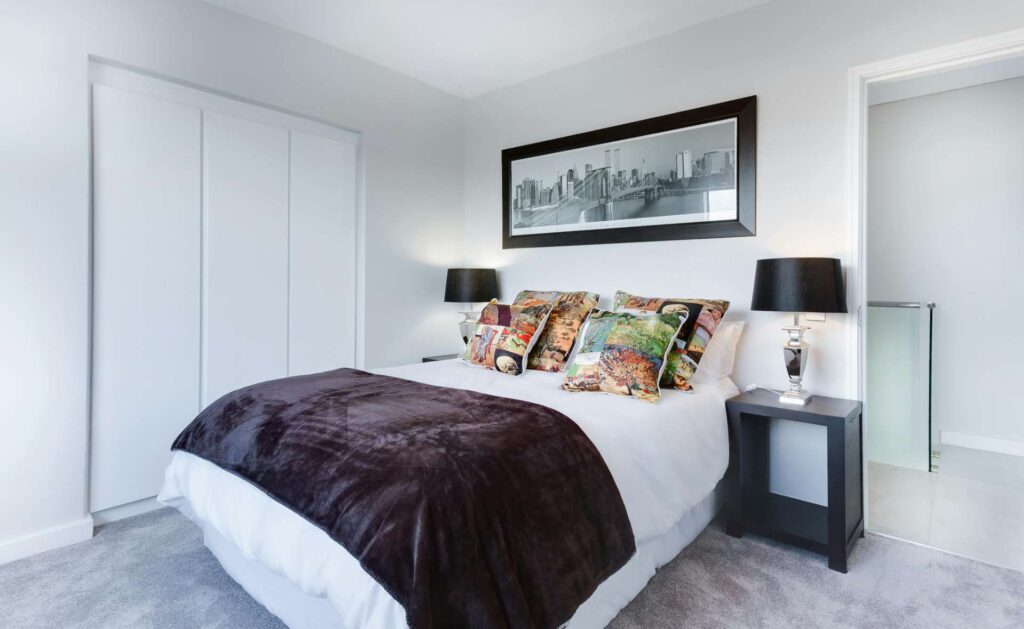
6. Tracking Your Progress
Sleep Journals
- Track: CPAP usage, AHI (Apnea-Hypopnea Index), and energy levels.
Smart Devices
- Wearables (Fitbit, Apple Watch) monitor oxygen levels and sleep stages.
- CPAP smart apps (like MyAir) track therapy effectiveness.
5 FAQs About Sleep Apnea and Better Sleep
1. Can I ever sleep without my CPAP?
- Mild cases: Weight loss or positional therapy may reduce reliance.
- Severe cases: CPAP is usually lifelong, but newer treatments (like Inspire) offer alternatives.
2. Does sleep apnea get worse with age?
- Yes. Muscle tone decreases, but consistent CPAP use slows progression.
3. Why do I still feel tired with CPAP?
- Possible reasons: Mask leaks, wrong pressure settings, or residual sleep debt.
4. Can kids have sleep apnea?
- Yes. Enlarged tonsils are a common cause—signs include snoring and daytime fatigue.
5. Is sleep apnea linked to heart disease?
- Yes. Untreated apnea increases stroke and heart attack risk by 3x.
Final Thoughts: Take Control of Your Sleep
Sleep apnea doesn’t have to mean restless nights. Small tweaks—like adjusting your sleep position, optimizing CPAP settings, and improving sleep hygiene—can make a huge difference.
📌 Call to Action: Tonight, try one change (elevate your head, clean your CPAP, or avoid alcohol) and track how you feel tomorrow.
Sources & Further Reading:
- American Academy of Sleep Medicine
- “The Sleep Apnea Solution” (Dr. Robert S. Rosenberg)
- Sleep Foundation: CPAP Tips
Better sleep starts tonight—take the first step! 😴
Leave a Reply